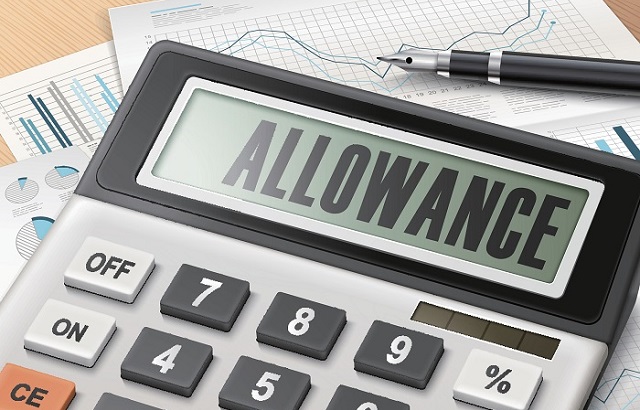The tax take from individuals in the UK paying a penalty for breaching the £40,000 annual allowance hit £812m ($1bn, €917m) in the 2017-18 financial year, a huge increase from £578m in the previous year.
HM Revenue and Customs (HMRC) found that the number of taxpayers reporting this through their tax returns reached 26,550, up from 18,500 in 2015-16.
The annual allowance fines are not broken down to show: how much was raised as a result of breaching the standard annual allowance, how much was down to the tapered annual allowance (for high earners) or money purchase annual allowance (MPAA), which affects those who have flexibly accessed their pension benefits.
The take from individuals via the annual allowance tax charge was £173m from 10,750 charges, a rise from £104m from 5,300 taxpayers in the previous year.
Meanwhile, the yield from those breaking the lifetime allowance (LTA) in 2017-18 reached £185m, involving 4,550 taxpayers, up from £144m and 3,350 charges in 2016-17.
It is the biggest increase that has taken place since 2012 when the government started lowering the lifetime allowance, which was set at £1m for the 2017/18 tax year.
Staggering impact
Helen Morrissey, pension specialist at Royal London, said the annual allowance figures show that “this is just the beginning and we will see more and more people being caught out by this overly complex regime as time goes on”.
Tom Selby, senior analyst at AJ Bell, added: “The staggering impact of the treasury’s pension tax grab have been laid bare by the figures.
“Twice as many people were clobbered with an annual allowance charge in 2017/18 compared with the previous tax year, with hundreds of millions snatched from the grasp of hard-working savers.”
Personal pensions
HMRC has reported a 3.1% rise in tax from personal pensions as well, weighing in at £28.2bn during the 2017/18 tax year.
This is an increase from just under £27.4bn in 2016/17.
The number of members contributing to a personal pension has increased 10.7% to 10.4 million in 2017-18, up from 9.4 million in 2016/17.
This demonstrates a sustained year-on-year rise since the introduction of automatic enrolment in 2012-13.
Annual average contributions per member decreased to £2,700 in 2017-18, from £2,900 a year before.
Normality
Quilter head of retirement policy Jon Greer pointed that “a meagre 230 people faced an annual allowance tax charge in 07/08”, and now it is “common place for ordinary workers to be confronted with the complexity of the pension annual allowance and the associated savings dilemma”.
Greer added: “In the 17/18 tax year, more than 26,500 people reported breaching the annual allowance tax charge, a staggering 11,443% increase on the same figure ten years ago.
“It places real pressure on people trying to plan their finances and discourages individuals from setting money aside for the future.
“It is especially problematic for those with variable earnings or bonuses, who may save at a rate through the year which they expect to be under the annual allowance, but then find their plans are thrown off course as their earnings change.
“If you are in a position where this might affect you it is essential to take advice to ensure you use your tax allowances effectively.
“The system becomes extremely complex at this point and almost impossible to navigate without expert help.”
Scrapping lifetime allowance
Andrew Tully, technical director at Canada Life, said that “there is an obvious link to make between the increase in the tax receipts and the slashing of the lifetime allowance since 2012”.
He added: “It seems clear the government’s tax take from the lifetime allowance will continue to grow substantially over the coming years.
“The lifetime allowance is an arbitrary tax which penalises individuals who have enjoyed good returns on their investments.
“The government should consider scrapping [it].
“This would massively simplify pensions for schemes, providers and, most importantly, customers, by removing a huge amount of complexity around areas such as benefit crystallisation events.”








